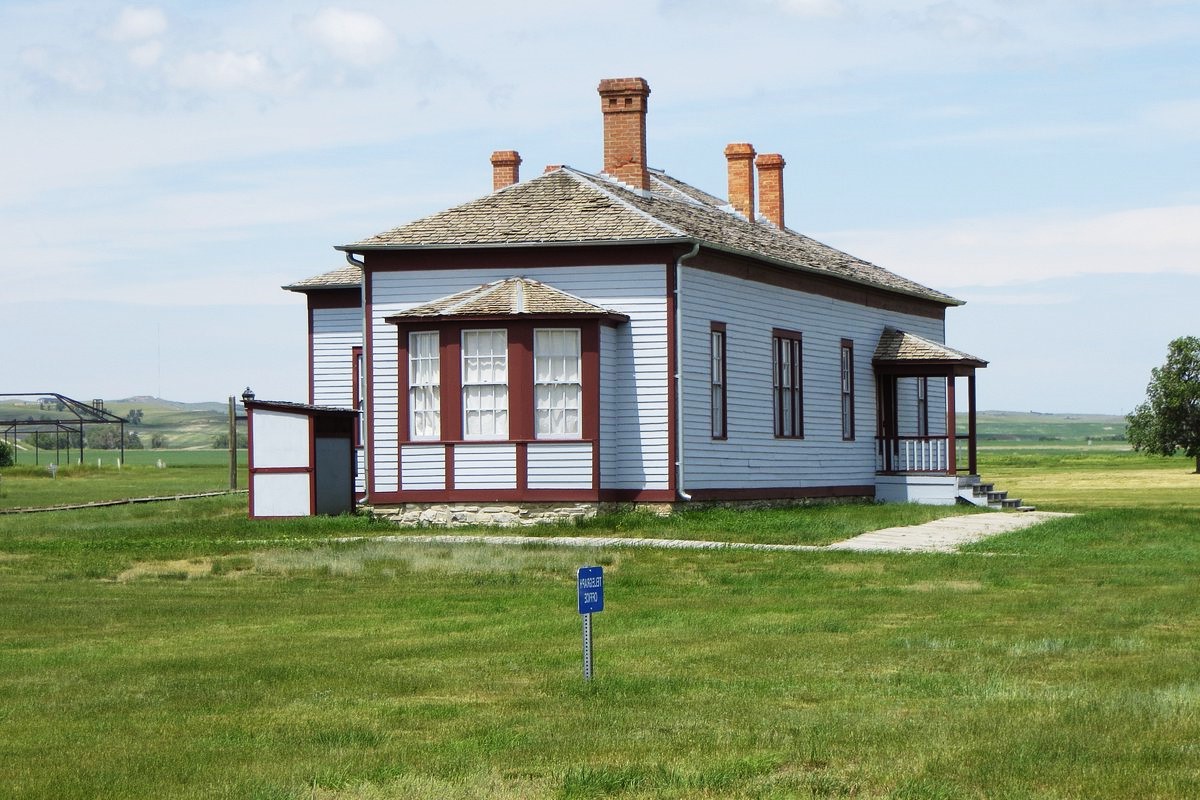Sitting Bull’s Surrender At Fort Buford: A Historic Encounter

Have you ever wondered why Sitting Bull surrendered at Fort Buford? This moment marked a significant turning point in American history. After years of resistance, the great Lakota leader faced immense pressure from the U.S. government and dwindling resources. His people suffered from hunger and harsh winters. The buffalo, their main food source, had nearly vanished. By 1881, Sitting Bull realized that continuing the fight would only bring more suffering to his tribe. Surrendering at Fort Buford was a difficult decision, but it was made to ensure the survival of his people. This event remains a powerful reminder of the struggles faced by Native Americans during westward expansion.
The Significance of Sitting Bull's Surrender
Sitting Bull's surrender at Fort Buford marked a pivotal moment in American history. This event symbolized the end of the Great Sioux War and the struggle of Native American tribes to maintain their lands and way of life. Let's explore the key locations that played a role in this historic encounter.
Fort Buford: The Site of Surrender
Fort Buford, located in North Dakota, served as the backdrop for Sitting Bull's surrender. This military post was established to protect settlers and maintain order in the region. Its strategic location made it a focal point during the conflict.
Fort Buford State Historic Site: This site preserves the remnants of the original fort, including the officers' quarters and the powder magazine. Visitors can learn about the fort's history and its role in the surrender.
Missouri-Yellowstone Confluence Interpretive Center: Near Fort Buford, this center offers exhibits on the confluence of the Missouri and Yellowstone Rivers, providing context for the area's significance during the time of Sitting Bull's surrender.
The Journey to Fort Buford
Sitting Bull's journey to Fort Buford was arduous and filled with challenges. He and his followers traveled through harsh terrain and faced numerous obstacles before reaching the fort.
Wood Mountain, Saskatchewan: Before surrendering, Sitting Bull and his followers sought refuge in Canada. Wood Mountain served as a temporary home for the Sioux, where they hoped to avoid conflict with the U.S. government.
Poplar River, Montana: As they made their way to Fort Buford, Sitting Bull's group passed through Poplar River. This location was significant as it marked one of the final stops before their surrender.
The Aftermath of the Surrender
The surrender of Sitting Bull had far-reaching consequences for both the Sioux people and the United States. It marked the end of an era and the beginning of a new chapter in Native American history.
Standing Rock Reservation: After surrendering, Sitting Bull and his followers were relocated to the Standing Rock Reservation in present-day North and South Dakota. This reservation became their new home, but it also represented the loss of their traditional lands.
Sitting Bull's Cabin: On the Standing Rock Reservation, Sitting Bull lived in a cabin that has since been preserved as a historical site. This cabin offers a glimpse into his life after the surrender and his efforts to maintain his cultural heritage.
Remembering Sitting Bull's Legacy
Sitting Bull's legacy continues to inspire and educate people about the struggles and resilience of Native American tribes. Various sites and monuments honor his memory and contributions.
Sitting Bull Monument: Located near Mobridge, South Dakota, this monument commemorates Sitting Bull's life and leadership. It stands as a tribute to his enduring legacy.
Sitting Bull College: This tribal college on the Standing Rock Reservation provides educational opportunities for Native American students. Named in honor of Sitting Bull, the college aims to preserve and promote Native American culture and history.
Reflecting on Sitting Bull's Surrender
Sitting Bull's surrender at Fort Buford marked a pivotal moment in American history. This event symbolized the end of the Great Sioux War and the struggle of the Lakota Sioux to maintain their way of life. The surrender wasn't just a military act; it was a profound cultural shift for the Lakota people. Sitting Bull, a revered leader, faced immense pressure but chose to surrender to protect his people from further suffering. This decision highlighted his leadership and deep care for his community. Today, Fort Buford stands as a reminder of this significant event, offering visitors a chance to reflect on the complexities of Native American history and the resilience of the Lakota Sioux. Understanding this moment helps us appreciate the broader narrative of resistance, survival, and adaptation that defines much of Native American history.

